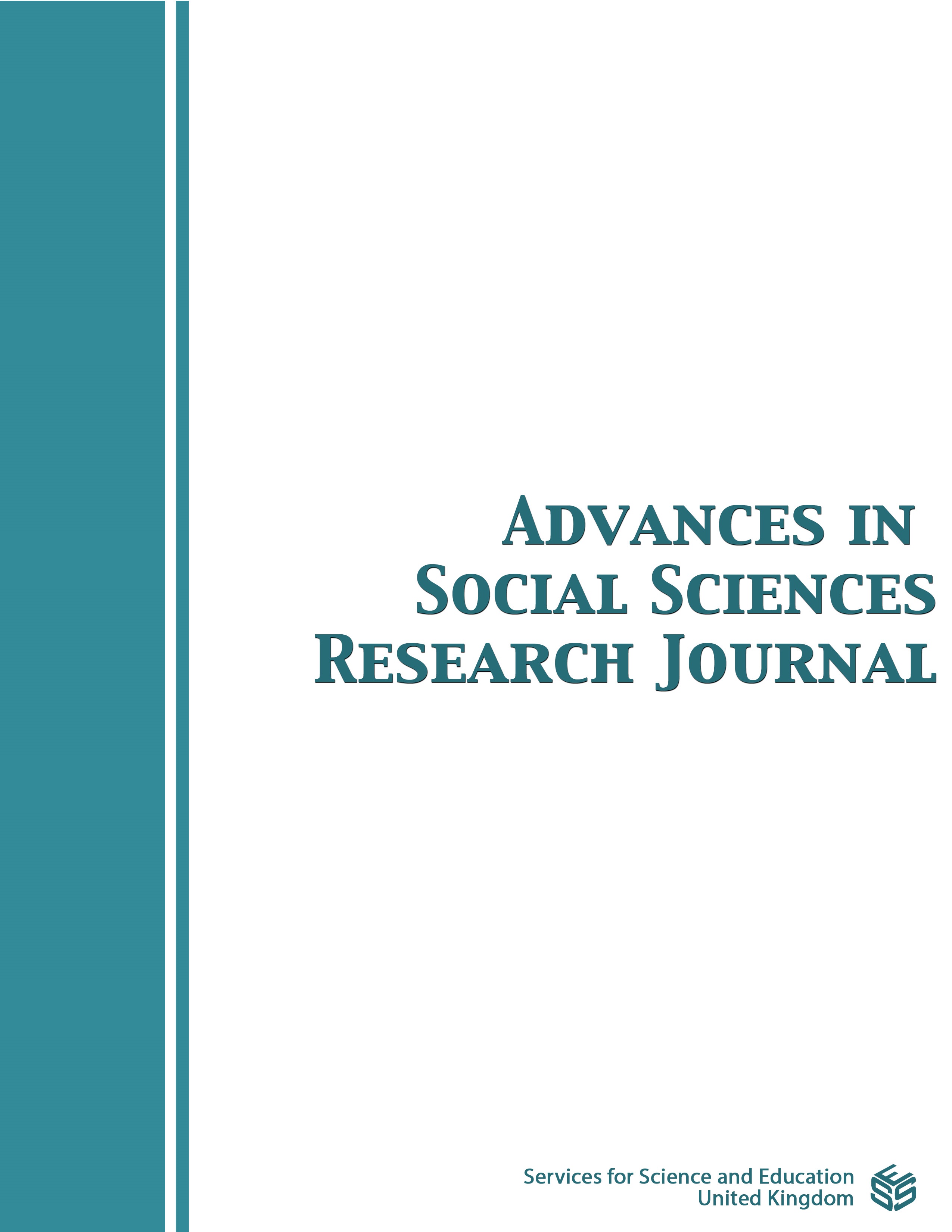Hydrochemical Characterisation of Groundwaters in a Crystalline Basement Environment: The Case of Fractured Aquifers in the Poni Watershed in the South-West Region of Burkina Faso, West Africa
DOI:
https://doi.org/10.14738/assrj.112.2.16198Keywords:
Fractured aquifer, Hydrochemistry, Hydrolysis of minerals, Surface input, Poni watershedAbstract
The Poni watershed is located in the south-west of Burkina Faso. Its geology is made up of fractured crystalline and crystallophyllian basement, where fractured aquifers are the most exploited for water needs. The aim of this study is to determine the physico-chemical characteristics of the groundwater in the fractured aquifers of the Poni watershed in order to gain a better understanding of the mineralisation processes and hydrochemical properties of the groundwater in these aquifers. To do this, approaches based on the determination of Calcite Saturation Indices (CSI) and Dolomite Saturation Indices (DSI), Principal Component Analysis (PCA) and hydrochemical properties show that the majority of groundwater in the basin is undersaturated with respect to carbonates (79.37%) and divided into three families in relation to circulation speed: very slow circulation water (20.63%), slow circulation water (55.56%) and fast circulation water (23.81%). The approaches also show that the mineralisation of groundwater in the basin is governed by the acid hydrolysis of minerals in the surrounding rocks, residence time and surface inputs. They are characterised by calcic and magnesian bicarbonate facies (85.7%), calcic bicarbonate facies (6.35%), sodium and potassium bicarbonate facies (1.59%) and calcic and magnesian sulphate chlorides (6.35%).
Downloads
Published
How to Cite
Issue
Section
License
Copyright (c) 2024 Hebie, Adama, Kafando, Sayoba, Samuel Nakolendousse

This work is licensed under a Creative Commons Attribution 4.0 International License.
Authors wishing to include figures, tables, or text passages that have already been published elsewhere are required to obtain permission from the copyright owner(s) for both the print and online format and to include evidence that such permission has been granted when submitting their papers. Any material received without such evidence will be assumed to originate from the authors.






